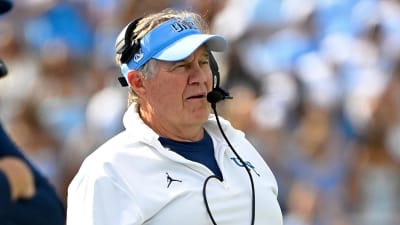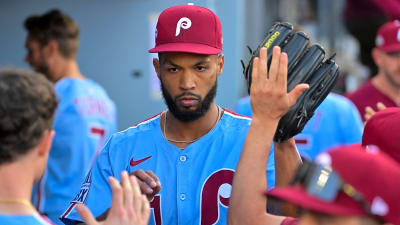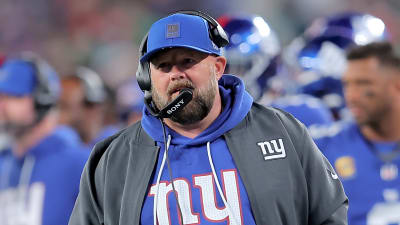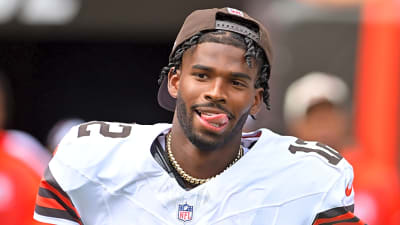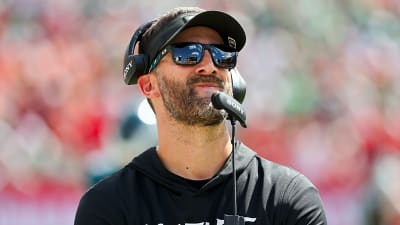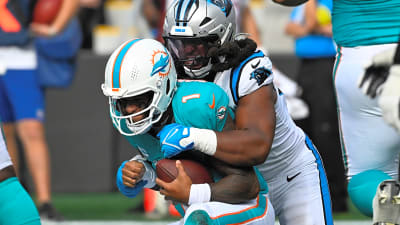
First baseman Pete Alonso is ticketed for a second consecutive trip through free agency, as he told reporters when the regular season came to a close that he intends to opt out of the final year of his contract and return to the open market. He won’t officially become a free agent until five days after the World Series concludes, whispers about Alonso’s asking price as he returns to the market have already begun to percolate. According to Mike Puma of the New York Post, Alonso is expected to seek a contract at least a seven-year deal as he returns to free agency.
How realistic is Pete Alonso's expectation?
It’s natural for players to set a high bar for contract negotiations entering free agency, but it would be something of a surprise if Alonso was able to secure that sort of arrangement. A seven-year pact would cover the slugger’s age-31 through -37 seasons, and that’s the sort of rarefied air that’s difficult for a defensively limited slugger to reach in free agency. Dodgers star Freddie Freeman is signed through age-37, but Freeman is an MVP winner and future Hall of Famer. It’s hard to argue Alonso is in that same stratosphere, and few other first basemen have managed to get that sort of long-term security.
Paul Goldschmidt’s extension with the Cardinals back in was for just five years and $130M, ending after his age-36 campaign, and Matt Olson’s eight-year, $168M contract extension with Atlanta is guaranteed only through his age-35 season. Both Goldschmidt and Olson were also Gold Glove winners for their work at first base when they signed those deals, while Alonso is viewed both by defensive metrics and many scouts as one of the game’s weaker first basemen defensively.
While Puma points to Marcus Semien and Matt Chapman as fellow Boras clients who managed to land contracts in a similar range to what Alonso is expected to seek, it also must be noted that Chapman actually signed a six-year extension with the Giants after he had already been in the fold on a short-term deal similar to the one Alonso will be opting out of.
More importantly, Semien was a shortstop when he signed with the Rangers, and Chapman is multi-time Gold Glove winner at third base. When it comes to financial expectations for infielders higher on the defensive spectrum, the bar is simply much different than it is for first basemen. That’s part of why players like Alex Bregman and Carlos Correa who have found themselves taking similar short-term contracts with high average annual values in free agency to the one Alonso signed last winter have been able to secure a higher AAV than Alonso did on a two-year pact. The same principle extends to larger deals, and helps to explain why someone like Xander Bogaerts managed to land a contract that will pay him through his age-40 campaign despite much less robust offensive numbers than someone like Alonso can offer.
Even if Alonso is unable to land the seven-year guarantee he appears to covet, it should still be expected that he’ll make out far better in free agency this time around than he did last season. After all, he’s no longer encumbered by draft pick compensation after rejecting a Qualifying Offer from the Mets last winter. That means a team that signs him away from Queens won’t have to forfeit draft capital in order to bring him into the fold, and that reality is likely to help his market a great deal. In addition, Alonso enjoyed a much stronger platform season this year than he did in 2024. This season, Alonso appeared in 162 games for the second consecutive season and slashed .277/.347/.524 with a wRC+ of 141, which tied his 2022 campaign for the second-best mark of his career.
Alonso famously rejected a seven-year, $158M extension offer from the Mets back in 2023. That deal would have covered the last year of his arbitration eligibility, for which he ultimately received $20.5M. In other words, he’ll need to make more than $137.5M between 2025 and 2030 in order to surpass that benchmark. He made $30M this year, meaning he’ll need to beat $107.5M over the next five seasons if he’s going to exceed the value of that extension he passed on. It seems very safe to bet on him to do just that at this point.
Goldschmidt’s extension with the Cardinals, which covered his age-32 to -36 seasons, netted him $130M over five years. While Goldschmidt’s 145 career wRC+ at the time of that deal was far stronger than Alonso’s career 132 wRC+ entering this offseason, Alonso will be entering his age-31 season when his next contract begins and will benefit from more than half a decade of inflation since St. Louis inked that deal just before the 2019 season began. Considering that he wouldn’t even need to match Goldschmidt’s guarantee in order to beat that 2023 extension offer, it seems safe to say that Alonso will come out ahead in free agency this year so long as he doesn’t have to settle for another short-term agreement.
More must-reads:
- The 25 greatest MLB teams from the 2010s
- Two high-profile moves Yankees need to make in free agency
- The 'Second-most career home runs for each MLB franchise' quiz
Breaking News
Trending News
Customize Your Newsletter
 +
+
Get the latest news and rumors, customized to your favorite sports and teams. Emailed daily. Always free!
